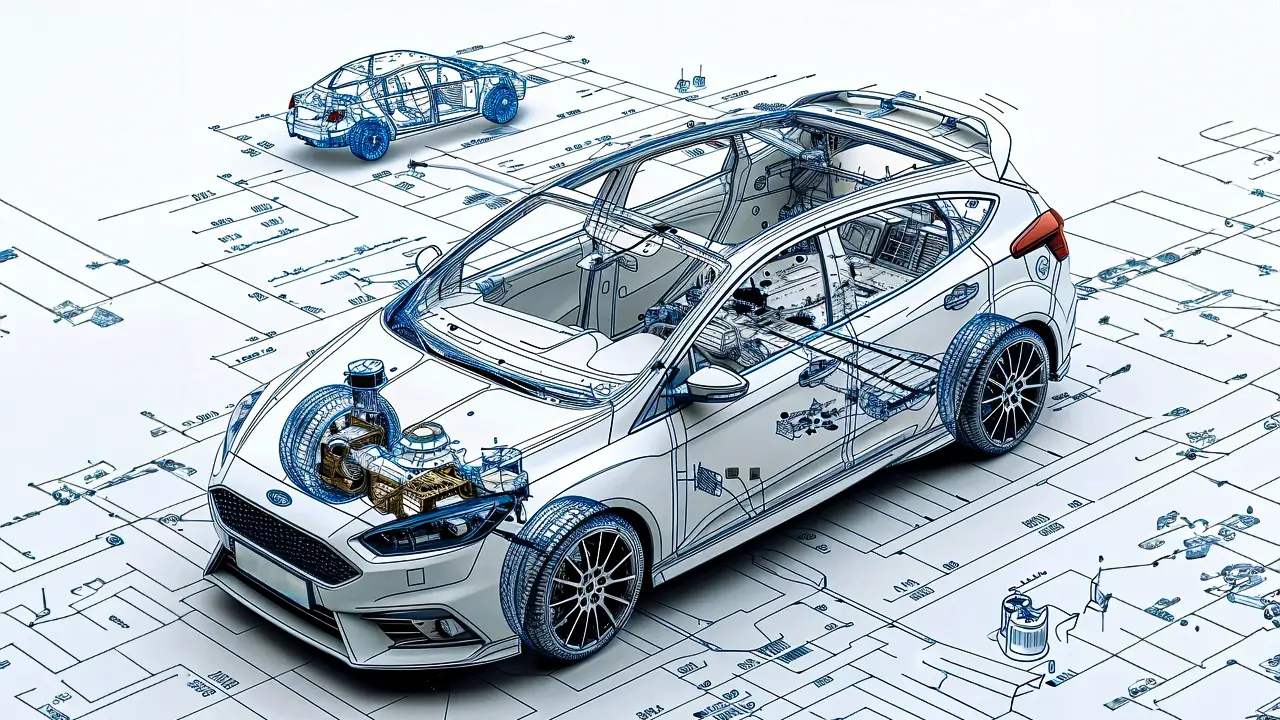Getting to 100,000 miles is an accomplishment for any car. Maintaining your vehicle properly at this point will guarantee that it stays dependable, secure, and effective for many more miles. The critical car maintenance chores you should complete at this milestone are below.
Car Maintenance is to do at 100,000 miles
Oil and Filter Change
Engine oil reduces wear by lubricating moving parts. At 100,000 miles, be careful to replace the oil and oil filter. Use high-mileage oil and the kind recommended in your vehicle’s handbook for older engines. Regular oil changes improve engine performance and longevity.
Replace Timing and Serpentine Belts
Belts are necessary for engines to operate. Engine components are synchronized by the timing belt if it is present. The serpentine belt powers accessories like the alternator and air conditioner. After 100,000 miles, inspect these belts for wear, fraying, or cracks. Replace them to prevent costly engine damage or breakdowns.
Flush and Refill Coolant
Coolant regulates engine temperature, preventing overheating. Over time, coolant becomes less effective and might lead to internal component rust. After flushing the cooling system, refill it with the proper type of coolant. It preserves the engine’s smooth running and safety.
Transmission Service
Over time, transmission fluid deterioration causes issues with gear changing. Drain the transmission fluid and, if necessary, the filter every 100,000 miles. It guarantees seamless operation and prolongs the life of manual and automatic transmissions.
Inspect and Replace Spark Plugs
Spark plug wear reduces engine performance and fuel economy. Check the ignition system at this mileage, paying special attention to the coils or wires connecting the spark plugs, and replace the spark plugs. Spark plug replacement improves combustion and performance.
Brake System Maintenance
Brakes are essential for security. Examine the calipers, rotors, and brake pads for wear. Replace worn pads and, if necessary, resurface or replace the rotors. Have the brake fluid checked as well. To maintain efficient braking, flush and refill the system if it’s low or unclean.
Check Suspension and Steering Components
Shocks, struts, and bushings are suspension components that might deteriorate beyond 100,000 km. Check for noise, sagging, or leaks while in use. To preserve handling, safety, and riding pleasure, replace worn parts.
- Audi GT50 Concept: A Loud Reminder of Why Car Enthusiasts Fell in Love With Audi
- Nearly 30% of UK Drivers Believe Car Tax Should Be Based on Mileage — Survey
- Why Planes and Boats Escaped the Luxury Tax But Cars Didn’t
- Australia’s Headlight Confusion: Authorities Warn Drivers After Viral $250 Headlight Rule Goes Wild Online
- 2025 Hyundai Venue Facelift Launched in India – Full Details, Variants, and Price
Battery Health Check
The majority of car batteries last three to five years. After 100,000 kilometers, check to see if the battery still has charge. Clean the terminals and look for leaks or swelling to remove corrosion. Replace the battery if it seems old or weak.
Replace Engine and Cabin Air Filters
Air filters are essential for vehicle performance. An engine air filter keeps junk out of the engine, while a cabin air filter enhances the air quality inside the vehicle. For optimal performance and a hygienic interior, replace both filters.
Clean the Fuel System
The throttle body and fuel injectors may develop carbon deposits. Use a fuel system cleaner or hire a specialist to clean your fuel injection system. It aids in restoring engine power and fuel economy.
Tire Maintenance and Replacement
Tires are necessary for traction and safety. After 100,000 miles, examine the depth of the tires for damage or uneven wear. Rotate the tires to ensure even wear, and replace them if the tread is shallower than recommended. Properly inflated and balanced tires improve handling and fuel efficiency.
Wheel Alignment and Balancing
At this milestone, get the wheels balanced and aligned to ensure the tires wear evenly and the car drives straight, which will lessen the strain on the suspension system. Poor alignment affects steering and causes uneven tire wear.
Inspect Rubber Hoses and Seals
Rubber parts, such as seals and hoses, deteriorate with time. Check the fuel, coolant, and vacuum hoses for stiffness, leaks, or cracks. Replacing any damaged hoses will stop leaks and system issues.
Inspect the Exhaust System
Hazardous gasses are eliminated from the engine using the exhaust system. Parts such as the pipes and muffler may rust or leak over time. Check for damage or strange sounds coming from the system. To preserve emissions regulations and noise, replace any damaged components.
